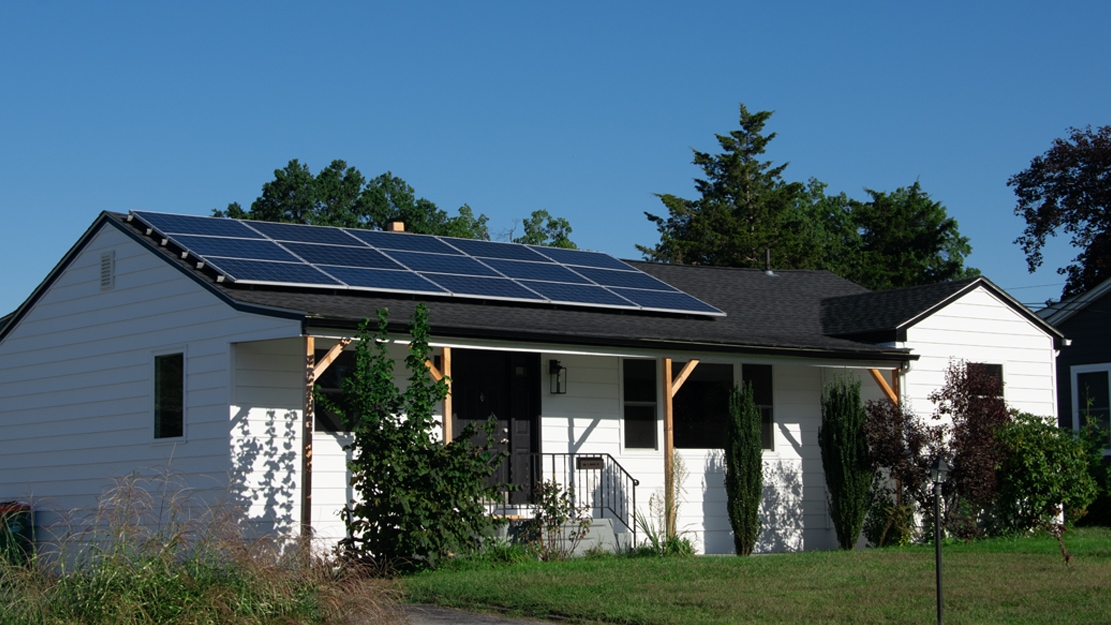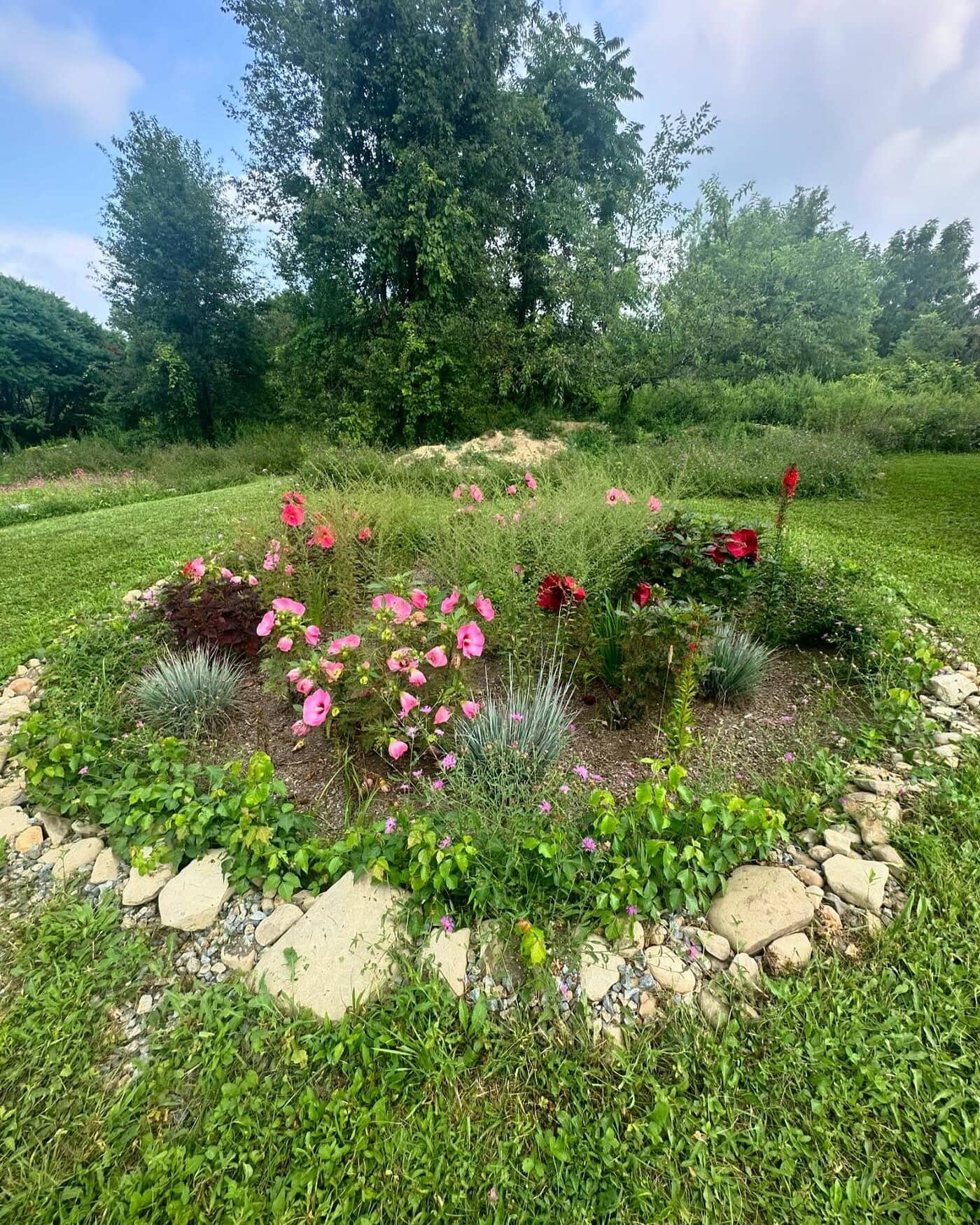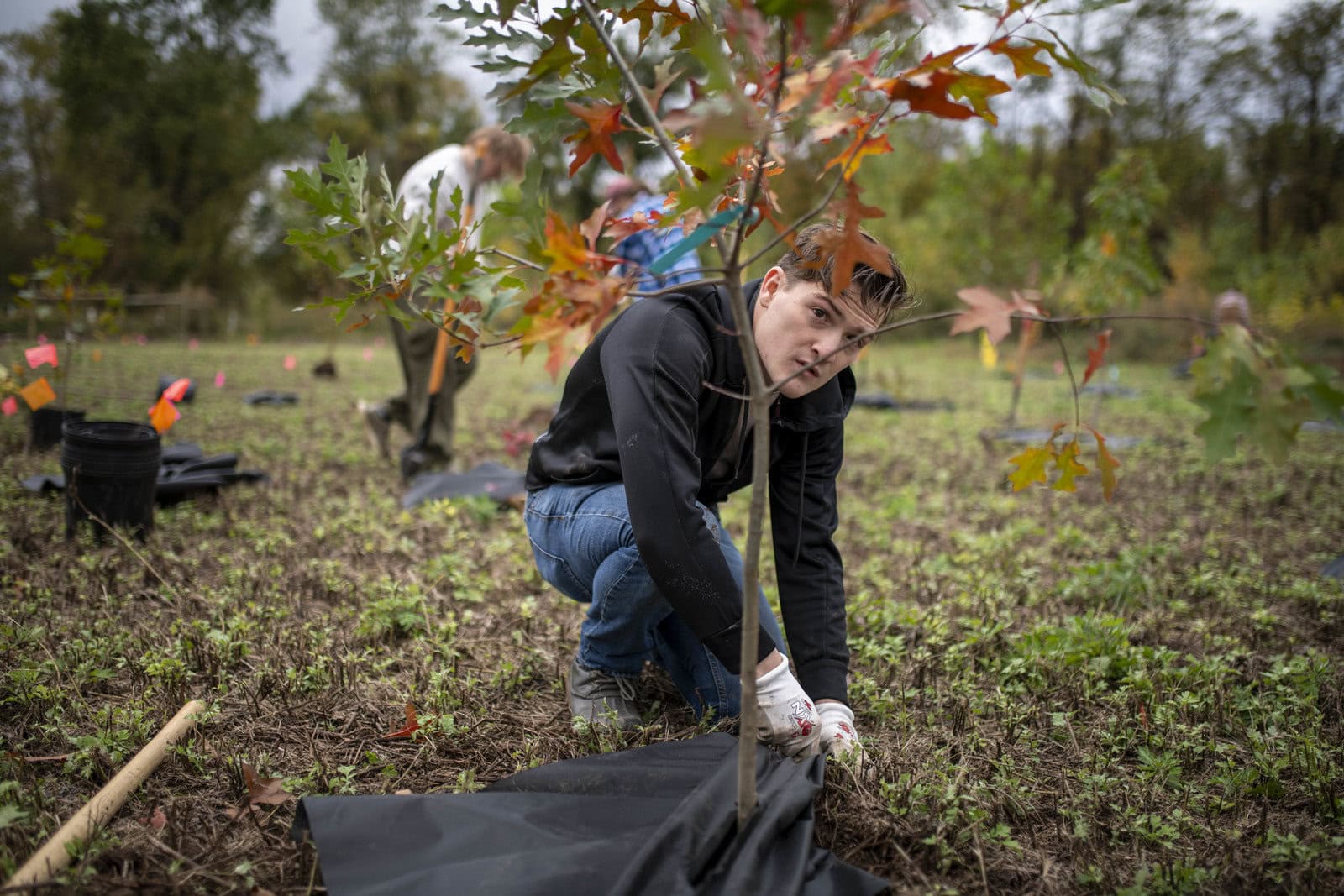The $370 billion Inflation Reduction Act passed in 2022 marked the largest clean-energy investment in U.S. history. Through the IRA, Hudson Valley residents across the spectrum can net big savings over time on climate-friendly upgrades — including heat pumps, solar panels, EVs, and energy-efficient appliances.
Rewiring America describes the IRA as a “personal fund for swapping out your old, fossil-fueled appliances for new, clean electric ones… [using a] mixture of up-front discounts right when you buy electric appliances, tax credits you can claim later, and low-cost financing.” Your income determines the makeup of your incentives. And if you’re a renter, you can still get in on the savings for portable appliances you can take with you when you move.
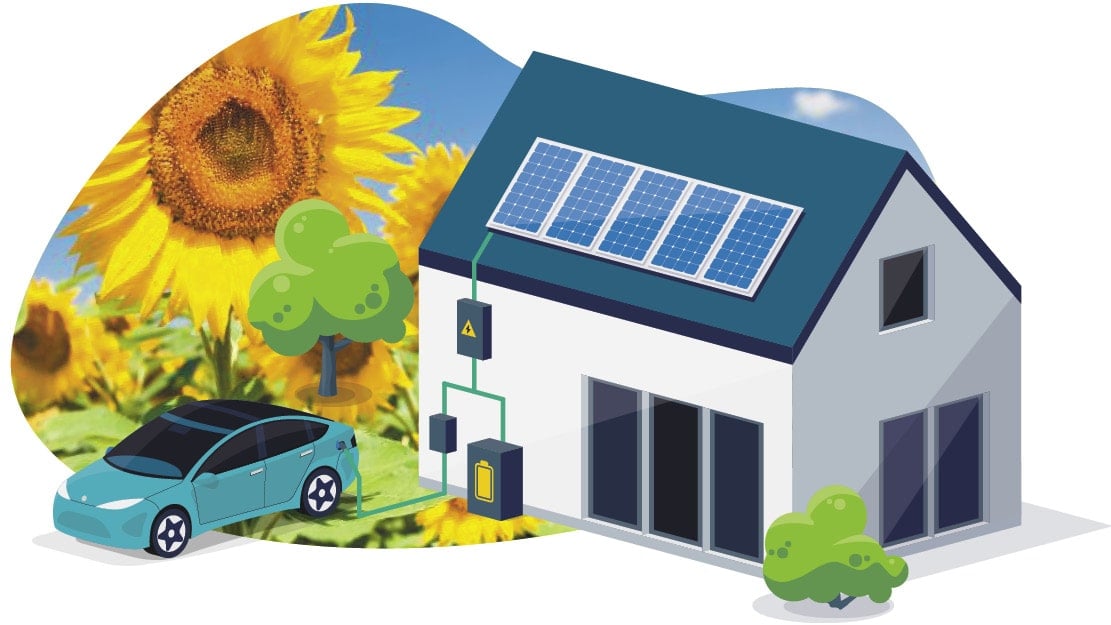
Ready to help achieve the goals of the state’s Climate Leadership and Community Protection Act by chipping away at your home to make it lighter on both your wallet and the planet? Let’s dig in!
A few financial basics to keep in mind:
Tax Credits:
- Federal tax credits took effect on January 1, 2023. These tax credits are a dollar-for-dollar reduction of your income tax. If your total tax owed on your return is $1,500, but you are eligible for a $1,500 tax credit, your net liability would be zero.
- The overall total limit for an efficiency tax credit in one year is $3,200, which breaks down to a total limit of $1,200 for any combination of “home-envelope” improvements like insulation or windows, and $2,000 for heat pumps, heat pump water heaters, and biomass stoves/boilers.
- Experts say that given the structure of the annual tax credit limits, it may be smart to spread your improvements over a few years based on what needs more replacement, and pace yourself so that you’re eligible for tax credits each year on improvements (in addition to any future rebates).
Rebates and Financing
- Rebates that will provide up-front discounts or partial refunds (instead of a tax credit) through state and tribal governments won’t roll out until later in 2024.
- Low- and moderate-income households will be eligible for larger rebates. Low-income families will have 100% of electrification costs covered up to $14,000 (with a cap on each different type of upgrade), and moderate-income families will have up to 50% of costs covered (but they can pair the discounts with tax credits for additional savings).
- If your household income is over 150% of your Area Median Income, you won’t qualify for the IRA’s federal up-front discounts, but you’ll still be eligible for other rebates.
- Low-cost financing of larger purchases (like solar panels or EVs) is also available.
Don’t forget that many incentives will be around until at least 2030, so you can make changes over time. And if you rent, you’re still eligible for incentives on energy upgrades to portable appliances — like window-unit heat pumps — that you can bring with you when you move. Plus, switching to renewable energy through your utility provider or subscribing to community solar will be cheaper thanks to the IRA.
Where to start?
Energy Audit and Efficiency Upgrades
Consider starting with a free home energy audit. This will show you where you’re wasting energy (and dollars), helping you prioritize. For example, if your attic and walls are not insulated properly, you’re losing a ton of the heat that you’re paying for in the winter, and upgrading to a sustainable heating system won’t change that.
You’ll want to tackle any big energy waste in your home first. Your energy auditor can give you a list of contractors that will qualify for rebates in addition to federal rebates you’re eligible for through the IRA.
Heat Pumps and Water Heaters
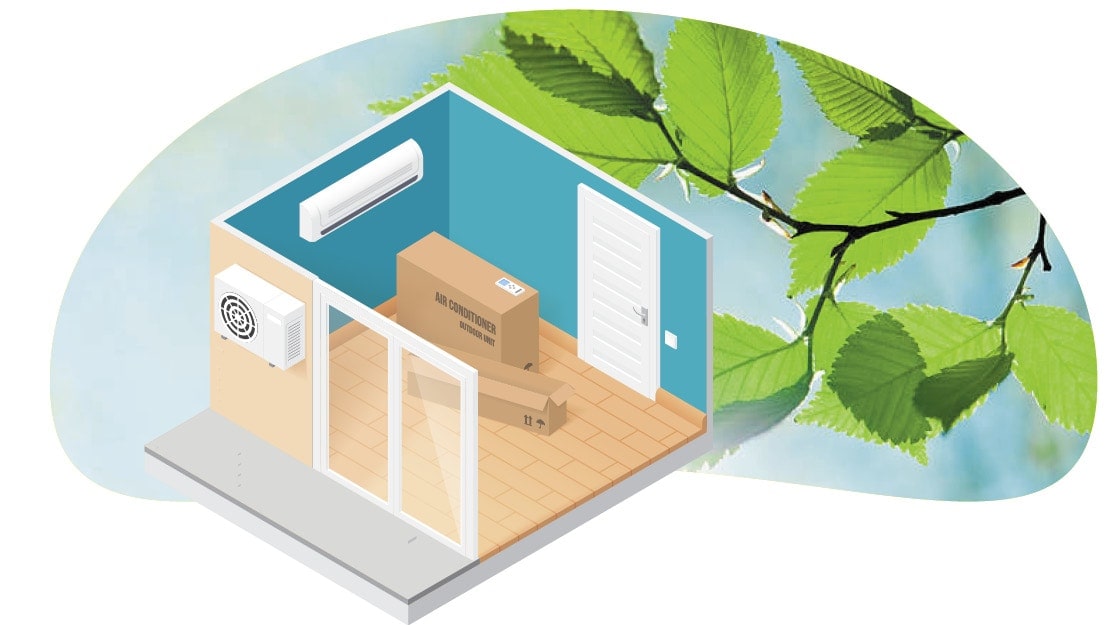
Next up, consider upgrading your heating and cooling systems. Heat pumps do both! They extract and distribute heat or cool air throughout your home, and use less energy to do so than fossil-fuel heating systems. There are geothermal heat pumps that get this heat and cool air from the ground (more efficient, but more expensive to install), and air-source heat pumps that use the air outside (less expensive to install, but use more electricity).
Things to consider:
- There have been complaints about heat pumps not operating as efficiently in frigid weather (think -20 degrees Fahrenheit). But heat pumps are used plenty in climates like Scandinavia’s. Experts say if selected and installed for colder temps, heat pumps will keep you warm in the Hudson Valley.
- There are tax credits and future rebates for these installations, and Central Hudson offers heat pump incentives.
- Replacing an old boiler with a new electric water heater or a heat pump water heater might also be a good move if you’re updating your heating systems. Not only are these systems way more efficient and cost-effective, but you’re qualified for credits and rebates on them, too!
Solar
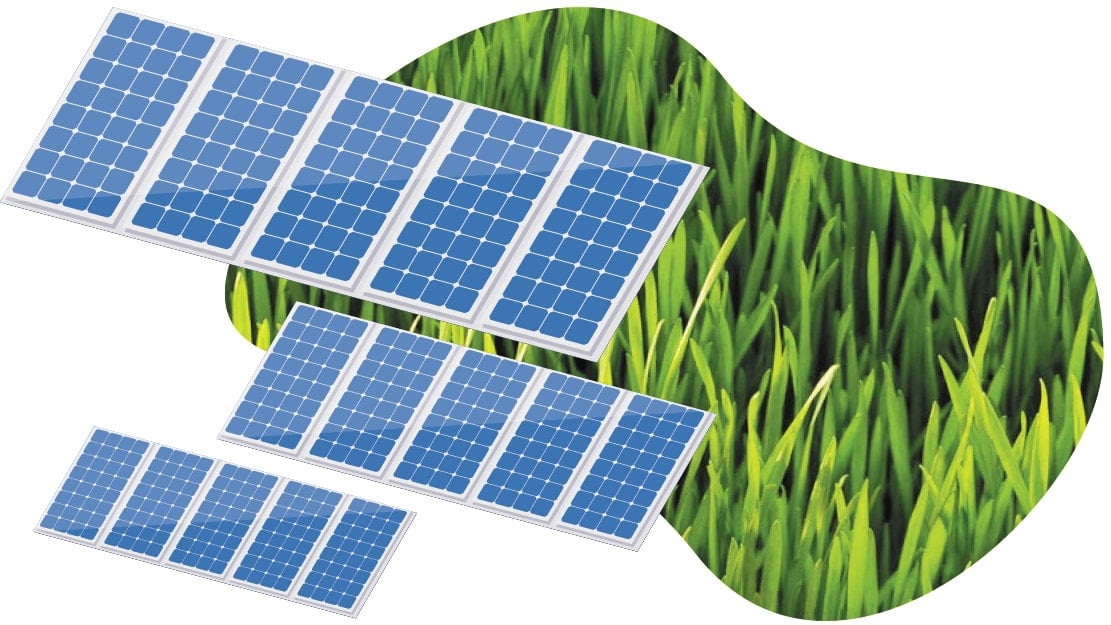
This is one of the pricier investments, but as you add more electric-powered systems to your home, it can keep your utility bills down. Photovoltaic panels turn sunlight into electricity.
Things to consider:
- Contact area solar contractors, ideally at least three, to get estimates. Ask each solar rep to walk you through the various options and the costs — there are many options for paying for this investment.
- It’s wise to make sure a representative actually visits your property and does a thorough shade analysis. This will determine if a rooftop array would generate close to 100% of your needed power based on your usage, or if you’d be better off with a ground-mounted system or another solution.
- If your property won’t allow for solar panels to power your home effectively, consider community solar. These setups provide a portion of your energy from a larger solar array in your area.
Electric Vehicles
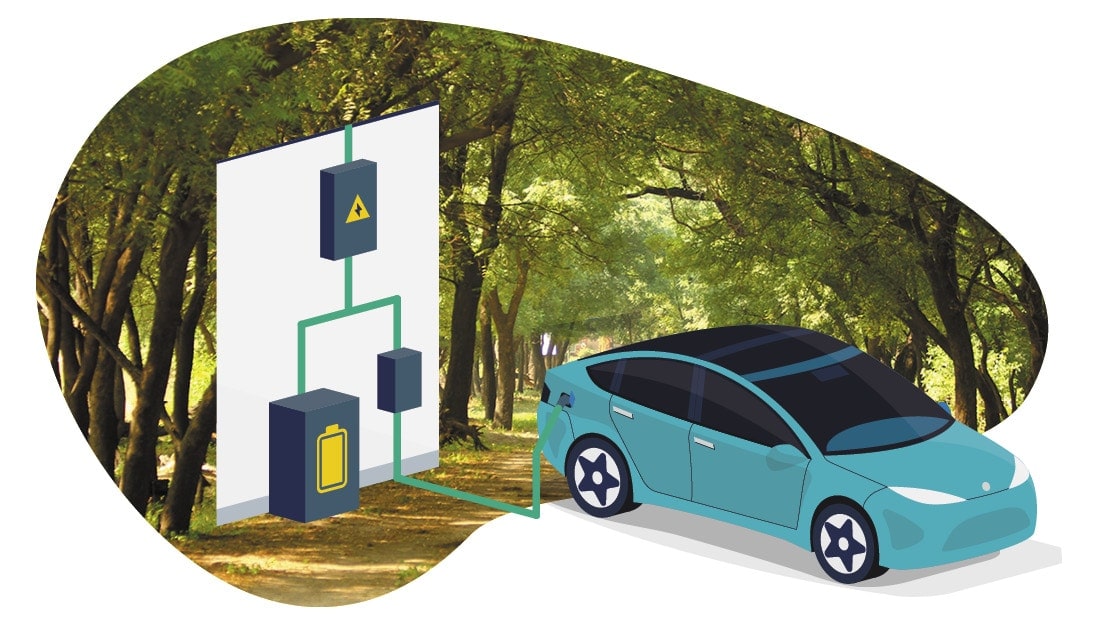
Electric vehicles are more efficient than gas-powered cars. As the price of gas fluctuates, and more EV models roll out with better batteries, U.S. EV sales have shot up 60%, according to Car & Driver.
Things to consider:
- Many electric vehicles or hybrids can travel up to 250 miles without a charge, so “range anxiety” is becoming a thing of the past.
- If you’re looking for a new set of wheels or previously-owned wheels, you can get a tax credit on the new vehicle as well as the price and installation of a home charger (although you can plug your vehicle into a regular outlet for a slower charge).
- With the plethora of options available, check out this guide on choosing an EV or hybrid vehicle.
Stoves
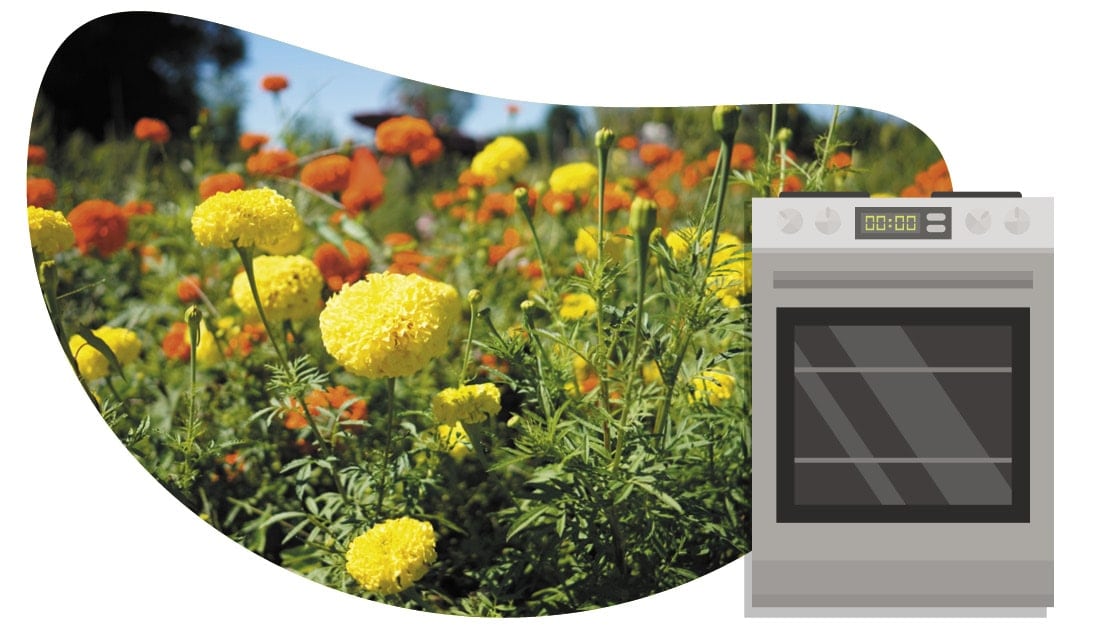
There are three types of stoves on the market: gas, traditional electric, and induction. Gas stoves rely on a mix of gas and oxygen that creates the open flame over which you cook. Electric stoves use electricity to heat a coil over which you cook, and induction stoves take that one step further with copper coils that create a magnetic current in your cookware to produce heat.
Things to consider:
- Electric stoves tend to be cheaper than gas-powered stoves. But if you’re switching from gas, you’ll need to pay an electrician to install an outlet for the electric stove.
- Induction stove models are more expensive than both other options, and require magnetic cookware to function. If you’re switching from an electric stove to an induction stove, you can keep the same electric hookup, but you may need to consider the cost of new cookware as well. Lots of cookware is compatible (magnetic stainless steel, cast iron), while other types are not (aluminum, glass, ceramic).
- Gas-powered stoves do leak methane and carbon monoxide, which can harm indoor air-quality without proper ventilation.
- If your power goes out, most gas stove tops will still work if you use a match to light the burners, but electric models won’t.
- Induction stoves are most efficient, cooking food faster and more evenly (bye, grease splatters!).
- Thanks to the High-Efficiency Electric Home Rebate program of the IRA, the cost of switching to an induction or electric stove could be covered up to $840 depending on your income. These rebates will likely roll out in the first half of 2024.
What else can I do to go green at home?
Composting
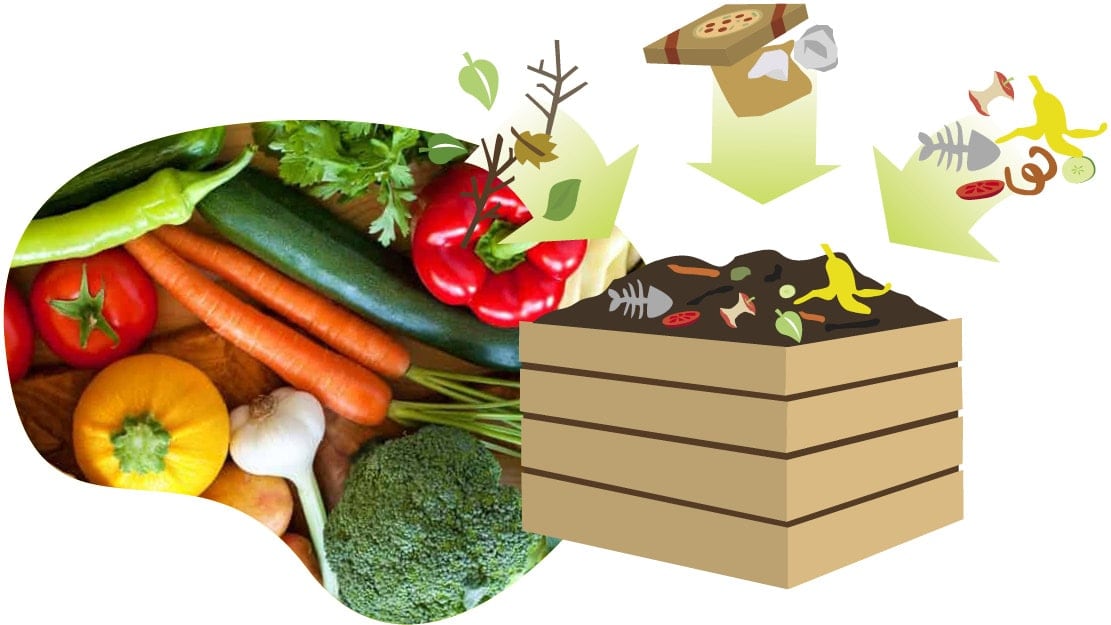
Diverting your food scraps from a landfill into a compost bin is an easy, cheap place to start helping the planet and cut your waste at home. Experts at the Ulster County Resource Recovery Agency note that “19% of U.S. cropland, 18% of fertilizer use, and 21% of fresh water usage is dedicated to food that goes to waste each year.” Why not turn that waste into compost that can be used as soil in your garden?
Things to consider:
- You can easily set up a container on your counter or in your freezer for food scraps (except for meat, fish, cheese, oil, and other fatty foods) and throw them into an outdoor compost bin.
- No yard? No prob! Many communities have municipal composting programs that make it easy for you to drop your food waste off at a local transfer station or even have it picked up from a container outside of your house just like your trash and recycling. Check with your local government to see if your community has a program.
- In the Hudson Valley, Community Compost Co. offers pick-up services for residents, businesses, and institutions in certain areas, as well as community drop-off locations. Look into what’s available!
Laundry
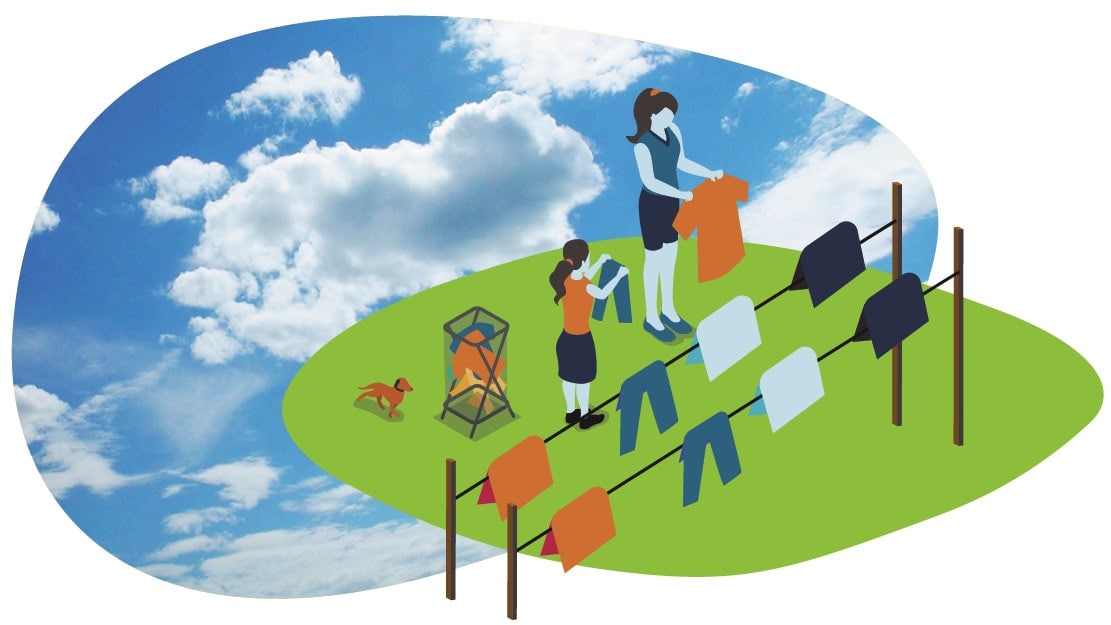
You can even make this weekly chore more sustainable! Your washer and dryer together make up roughly 13% of your home’s energy use.
Things to consider:
- Washing your clothes on cold. According to Energy Star, heating the water in your washer uses 90% of its energy. Of course, if someone is sick in your household or you have a specific fabric that must be washed on warm/hot, exceptions apply!
- Hanging and air-drying more laundry if you have the space.
- Using reusable wool dryer balls instead of dryer sheets. They cut down drying times and last for years (over 1,000 loads), so you’re not contributing to waste with single-use dryer sheets.
- Buying energy-efficient models. When considering a new washer or dryer look into machines that have been certified as efficient to save money. Research Energy Star-certified machines and even heat pump dryers that will qualify for rebates.
There’s no shortage of options for saving money and making your home habits and systems more sustainable for the good of the planet. Check out the helpful case studies at the end of this guide by Rewiring America for some real-life examples, and get inspired.
Erin Nylen (Saronson) is communications operations manager at Scenic Hudson. She currently serves on the Conservation Advisory Committee and Climate Smart Task Force in her Hudson Valley town of Hurley, N.Y. She currently serves on the Conservation Advisory Committee and Climate Smart Task Force in the valley hamlet of Hurley, N.Y. You can find her with her phone out, trying to identify a bird’s song or a native plant.


